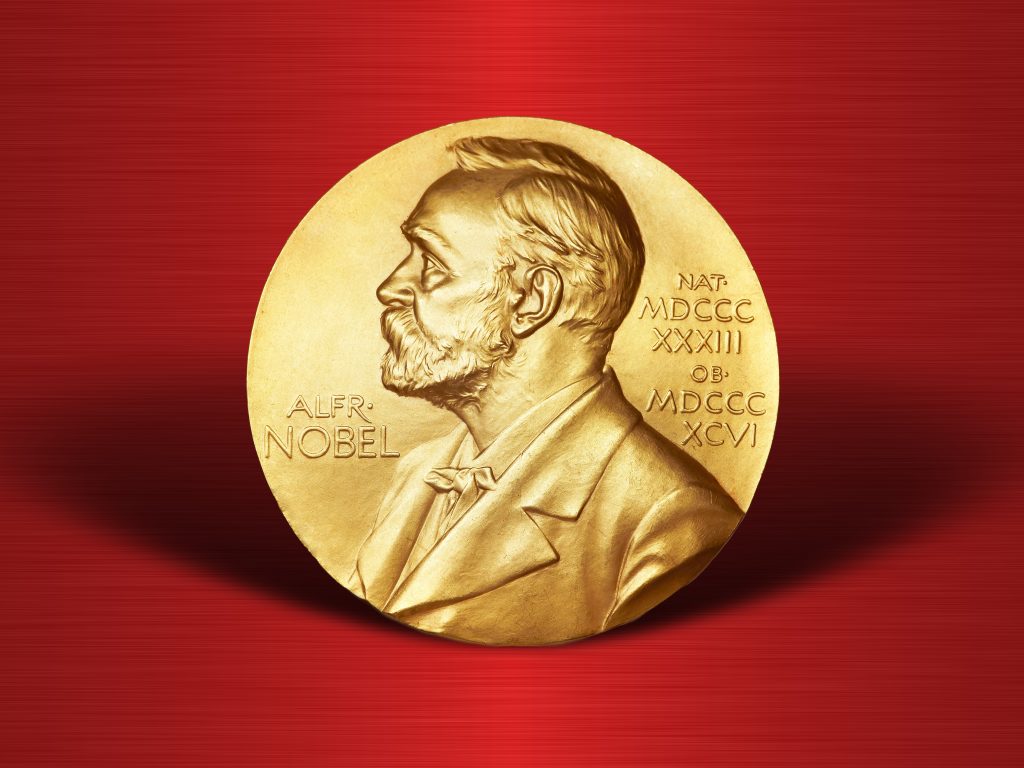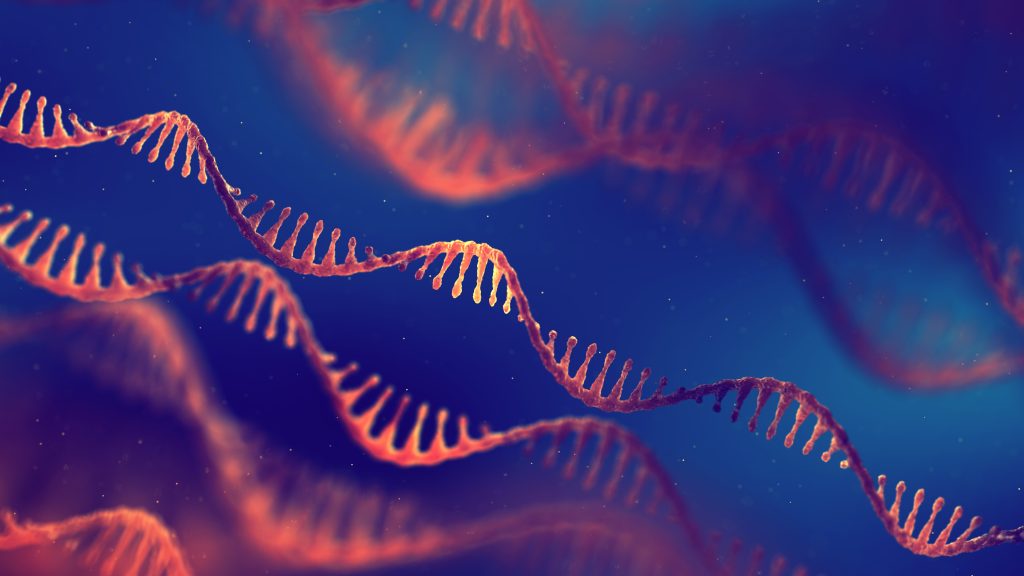
Today, 29 February 2024, is Rare Disease Day – a day that aims to raise awareness and generate meaningful change for individuals who suffer from a rare disease and the people around them. In the EU and the UK, a rare disease is defined as a disease that affects fewer than 1 in 2,000 people.1 While rare diseases are defined as only affecting a small population of people, collectively they are common, with 1 in 17 people being affected by a rare disease at some point in their lives.1
It is thought that 80% of rare diseases have a genetic component,2 with many being the result of a single mutation in the relevant gene. As such, the recent surge in the development of gene therapies, and the subsequent approval of these therapies, represents a significant milestone on the pathway to life-changing curative therapies for individuals suffering from a rare disease.
Of the numerous known rare diseases, those with a neurological component are particularly difficult to manage and treat. The main reason for this is the blood–brain barrier (BBB), whose natural function is to prevent harmful substances from entering the nervous system from the blood. The BBB is the ‘nemesis’ of researchers working in this space, as it also prevents most therapeutics from entering the nervous system. At the time of writing this article, only 3 of the 34 FDA-approved cell and gene therapies are directed at neurological disorders, all of which are rare diseases.
Elevidys is approved for the treatment of Duchenne muscular dystrophy (DMD) in paediatric patients with a confirmed mutation in the DMD gene, which causes these patients to lack a functional dystrophin protein, a vital cytoskeletal protein. Patients with DMD suffer from progressive muscle degeneration and weakness, and as a result, they have a significantly shorter life span. Elevidys uses an adeno-associated virus (AAV) vector to deliver a transgene to the patient, which encodes a micro-dystrophin protein that restores dystrophin function.
Skysona is approved for slowing the progression of neurological dysfunction in boys with early, active cerebral adrenoleukodystrophy. This condition is caused by a mutation in the ABCD1 gene, which results in the toxic build-up of very long-chain fatty acids (VLCFA) in the brain and spinal cord and subsequent rapid loss of function in patients. Skysona uses a lentiviral vector to deliver functional copies of the ABCD1 cDNA to patients’ hematopoietic stem cells through the transduction of autologous CD34+ cells. If successful, these transduced cells differentiate into various cell types, including monocytes, which can produce compounds that degrade VLCFAs.
Zolgensma is approved for the treatment of paediatric patients with spinal muscular atrophy (SMA) with bi-allelic mutations in the survival motor neuron 1 gene. Similar to DMD, SMA results in progressive muscle weakness, significantly impacting the life quality of patients. Zolgensma uses an AAV vector to deliver a copy of the gene encoding the human SMN protein.
Despite the currently limited therapeutic options for many rare diseases, various gene therapies are in development. For example, in January 2024, it was announced that Andelyn Biosciences, Inc. has partnered with Armatus Bio to manufacture and progress a suspension-based AAV gene therapy for the rare neurological disease Charcot-Marie-Tooth type 1A3 into the clinic. Furthermore, at the start of February 2024, Vivet Therapeutics was awarded a €4.9 million grant from the French government to develop their AAV gene therapy for the rare neurological condition cerebrotendinous xanthomatosis (CTX), which leads to the accumulation of cholesterol in nerve cells.4 Significant investment is also being directed to delivery technologies, which are crucial for gene therapy efficacy. In early January 2024, Apertura Gene Therapy disclosed its novel engineered AAV capsids that bind to the human Transferrin Receptor 1, potentially enabling delivery of gene therapies across the BBB to the central nervous system.5
Approved therapies for rare neurological diseases, and those currently in development, appear to favour viral delivery approaches, such as AAV or lentivirus. Following recent approvals of CRISPR-based therapies for the treatment of inherited blood disorders, it will be interesting to see if such approaches will be relevant in the treatment of neurological disorders, and even more so for rare neurological diseases.
Given the large investment required to develop and market a drug for a rare disease, many of which have complex pathologies, robust patent protection is crucial for those companies looking to make a real difference in the rare disease space. Careful attention must be taken to avoid the various patent exclusions in key territories such as Europe and the US. Valuable patent protection can be obtained for many aspects of gene therapies, for example, specific formulations, novel delivery platforms and/or modified nucleotide sequences (e.g. chemical modifications) that result in a technical effect, such as improved stability or potency. Indeed, many companies may already have developed drugs that can be repurposed for a specific rare disease and obtain patent protection this way. Regulatory incentives such as orphan drug designation can also help encourage the investment and development of desperately needed therapies for rare diseases.
For those suffering from a rare disease, curative treatments may long have seemed like science fiction, but gene therapies may be about to change that. Many rare diseases have a genetic component that next-generation gene therapies, using novel and innovative delivery mechanisms, may be able to cure. As technology advances, it will become more economical to adapt these to treat conditions with relatively few patients and make a real difference for those suffering from a rare disease.
- The UK Rare Diseases Framework – GOV.UK (www.gov.uk)
- Spotlight on rare diseases (thelancet.com)
- Andelyn, Armatus Bio partner to manufacture suspension-based AAV gene therapy for rare neurological disease charcot-marie-tooth type 1A (pharmabiz.com)
- Vivet wins $5.3m grant to develop gene therapy for rare metabolic disorder – Pharmaceutical Technology (pharmaceutical-technology.com)
- Apertura Gene Therapy Unveils Novel Engineered AAV Capsids Targeting Human Transferrin Receptor 1 for Neurological Gene Therapy Delivery | Business Wire




